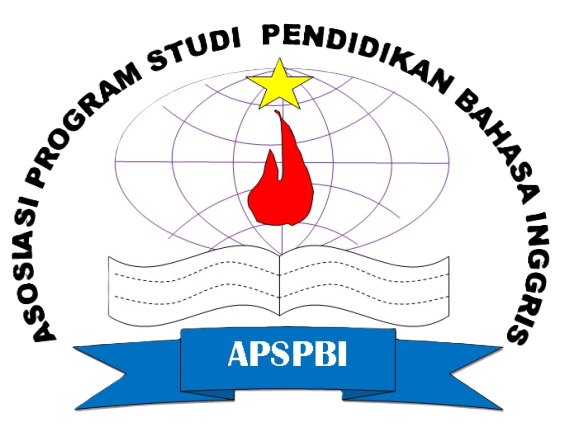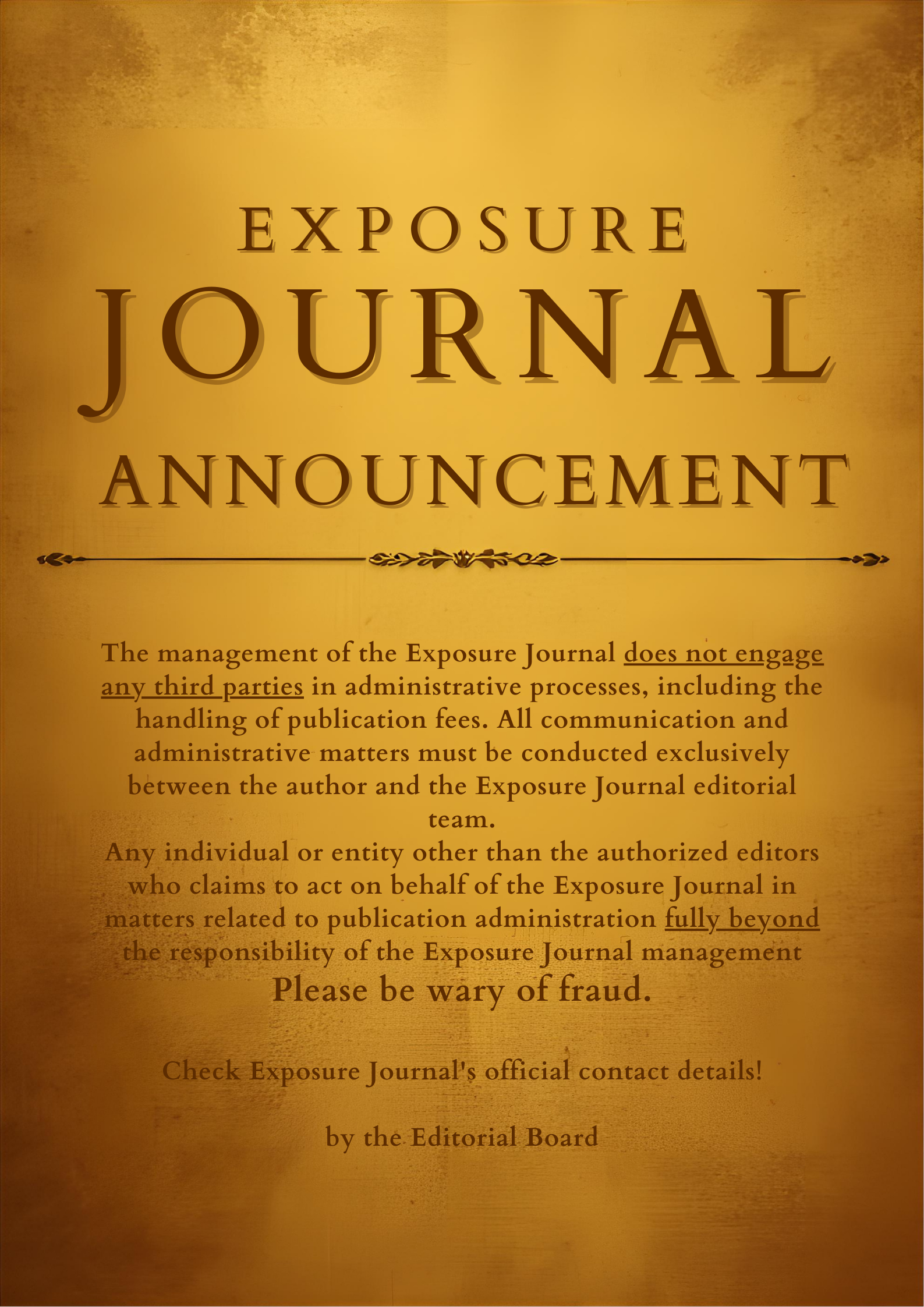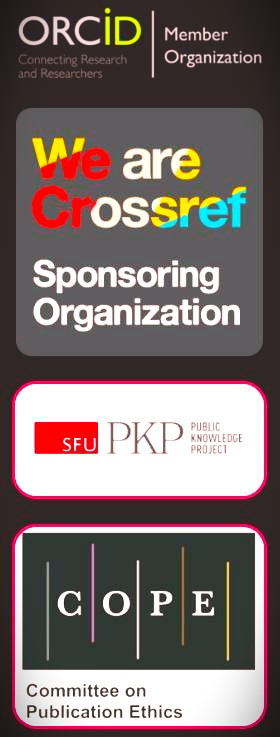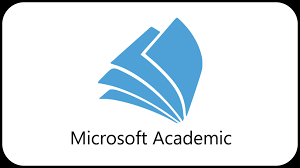THE EFFECTIVENESS OF STUDENT TEAMS ACHIEVEMENT DIVISION TO TEACH WRITING VIEWED FROM STUDENTS’ CREATIVITY
DOI: https://doi.org/10.26618/exposure.v7i2.1699
STAD, Direct Method, writing skill, students’ creativity
Abstract
Student Teams Acievement Division (STAD) is one of the simplest of all cooperative learning methods, where team works in learning English provides students with the team opportunity to express and to communicate with each other. One of the ways to make them express and communicate with each other is by dividing the class into several team works or groups. This experimental study sought to find out the effectiveness of STAD to teach writing viewed from students’ creativity in the tenth grade of SMAN 1 JATIWARAS Tasikmalaya in the academic year of 2017/2018. Recruitment strategy was through cluster random sampling resulting 2 classes which consist of 28 students of each class contributed to the study. Data collection technique encompassed creativity test and writing test. The data were analyzed thoroughly by using 2x2 Multifactor Analysis of Variance (ANOVA) and Tukey’s HSD Test. The result revealed that: (1) Student Teams Acievement Division (STAD) is more effective than Direct Method to teach writing; (2) students having high creativity have better writing skill than those having low creativity. (3) there is an interaction between teaching methods and students’ creativity.
References
Fraenkel, J. R and Wallen, N. E. (2008). How to design and evaluate research in education, seventh edition. Mc. Graw Hill.
Harmer, Jeremy. (2001). How to teach English. Malaysia: Long man.
Harmer, Jeremy. (2007). How to teach English. China: Pearson Longman.
Johnson, B., Christensen, L. (2000). Educational research: quantitative, qualitative & mixed approaches. California: Sage Publication.
Kaufman, J. C., & Sternberg, R. J. (Eds.) (2006). International handbook of creativity. New York, NY: Cambridge University Press.
Larsen-Freeman, Dianne. (2000). Technique and principle in language teaching, (second edition). New York: Oxford University Press.
Larsen-Freeman, Dianne. (2011). Techniques and principles in language teaching. New York: Oxford.
Lodico, M.G., Spaulding, D.T. and Voegtle, K.H. (2010). Methods in educational research: from theory to practice. 2nd ed. San Francisco: Jossey-Bass.
Meyers, Alan. (2005). Gateways to academic writing: effective sentences, paragraphs, and essays. New York: Pearson Education, Inc.
Murcia, Marianne Celce and Elite Olshtain. (2000). Discourse and context in language teaching. Cambridge: Cambridge University Press.
Nunan, David. (1991). Language teaching methodology. Oxford: Oxford University.
Nunan, David (ed). (2003). Practical English language teaching. Singapore: Mc.Graw Hill Companies.
Raimes, A. (1983). Techniques in teaching writing. New York: Oxford University Press.
Richard, J.C. and Renandya, W.A. (2002). Methodology in language teaching. Cambridge UK: Cambridge University Press.
Richards, J C & Rodgers. (2001). Approaches and methods in language teaching. Cambridge: Cambridge University Press.
Rockler, Michael J. (1988). Innovative teaching strategies. Arizona: Gorsuch Scarisbrick, Publisher.
Slavin, R.E. (1995). Cooperative learning: theory, research, and practice, second edition. Boston, Allyn and Bacon.
Downloads
Published
How to Cite
Issue
Section
License
Authors who publish with this journal agree to the following terms:
In order to assure the highest standards for published articles, a peer review policy is applied. In pursue of the compliance with academic standards, all parties involved in the publishing process (the authors, the editors and the editorial board and the reviewers) agree to meet the responsibilities stated below in accordance to the Journal publication ethics and malpractice statement.
Duties of Authors:
- The author(s) warrant that the submitted article is an original work, which has not been previously published, and that they have obtained an agreement from any co-author(s) prior to the manuscript’s submission;
- The author(s) should not submit articles describing essentially the same research to more than one journal;
- The authors(s) make certain that the manuscript meets the terms of the Manuscript Submission Guideline regarding appropriate academic citation and that no copyright infringement occurs;
- The authors(s) should inform the editors about any conflict of interests and report any errors they subsequently, discover in their manuscript.
Duties of Editors and the Editorial Board:
- The editors, together with the editorial board, are responsible for deciding upon the publication or rejection of the submitted manuscripts based only on their originality, significance, and relevance to the domains of the journal;
- The editors evaluate the manuscripts compliance with academic criteria, the domains of the journal and the guidelines;
- The editors must at all times respect the confidentiality of any information pertaining to the submitted manuscripts;
- The editors assign the review of each manuscript to two reviewers chosen according to their domains of expertise. The editors must take into account any conflict of interest reported by the authors and the reviewers.
- The editors must ensure that the comments and recommendations of the reviewers are sent to the author(s) in due time and that the manuscripts are returned to the editors, who take the final decision to publish them or not.
Authors are permitted and encouraged to post online a pre-publication manuscript (but not the Publisher’s final formatted PDF version of the Work) in institutional repositories or on their Websites prior to and during the submission process, as it can lead to productive exchanges, as well as earlier and greater citation of published work (see The Effect of Open Access). Any such posting made before acceptance and publication of the Work shall be updated upon publication to include a reference to the Publisher-assigned DOI (Digital Object Identifier) and a link to the online abstract for the final published Work in the Journal.














